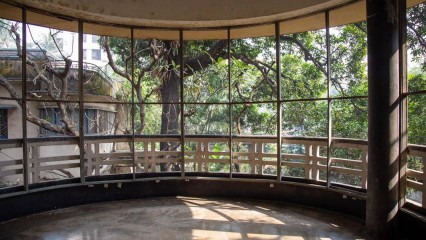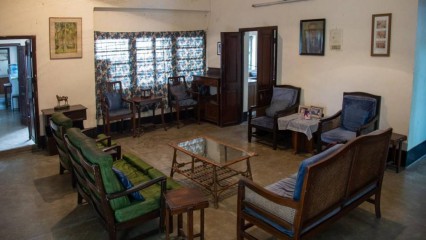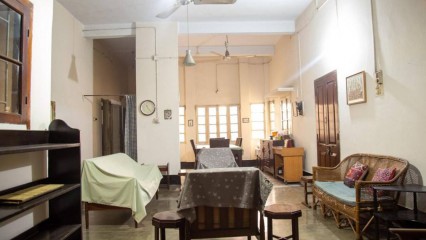The oldest part of the landscape, the mango tree, is as old as this house. It has been there providing fruits and shade not just to the residents but also to the neighborhood. A passerby would often see Asaf Khan’s children hanging from the trees, playing in the lawn, walking on boundary walls and generally spending time indoors, rather than outdoors.
The current caretaker stated, even today, they allow children from the surrounding area to enjoy the sweet mangoes from this tree.
[email protected]
Dhaka, Bangladesh


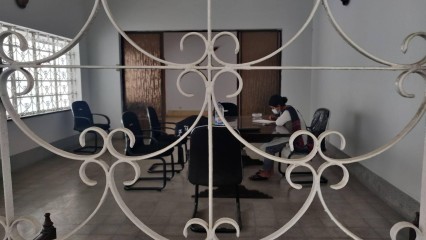
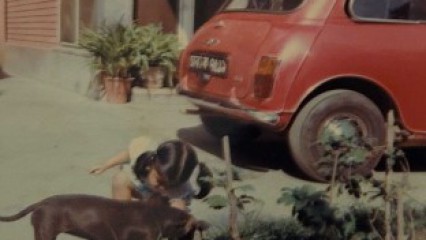
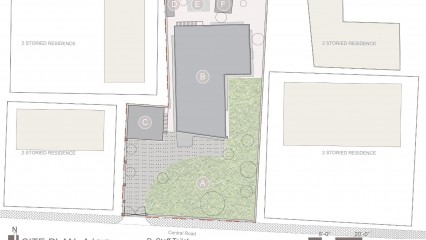
_small.jpg)
_small.jpg)
